Life Saves the Planet Blog:
Miyawaki The Miyawaki method is an approach to rewilding that involves surveying the potential natural vegetation of a site, regenerating a living forest floor and soil microbiome, and planting native species densely to encourage growth. Miyawaki Forests can boost biodiversity, cooling, water cycling, resilience to climate extremes, and environmental equity and education in urban areas.
The Miyawaki method is an approach to rewilding that involves surveying the potential natural vegetation of a site, regenerating a living forest floor and soil microbiome, and planting native species densely to encourage growth. Miyawaki Forests can boost biodiversity, cooling, water cycling, resilience to climate extremes, and environmental equity and education in urban areas.

Cambridge Moth Ball 2024
On July 24, Bio4Climate and other host organizations participated in the Cambridge Moth Ball at Kingsley Park, Fresh Pond Reservation, for National Moth Week. Around 200 attendees of all ages engaged in community science, moth collecting, data collection, photography, and children’s activities. Bio4Climate partnered with Julie Croston from Cambridge Wildlife Arts to run the art…
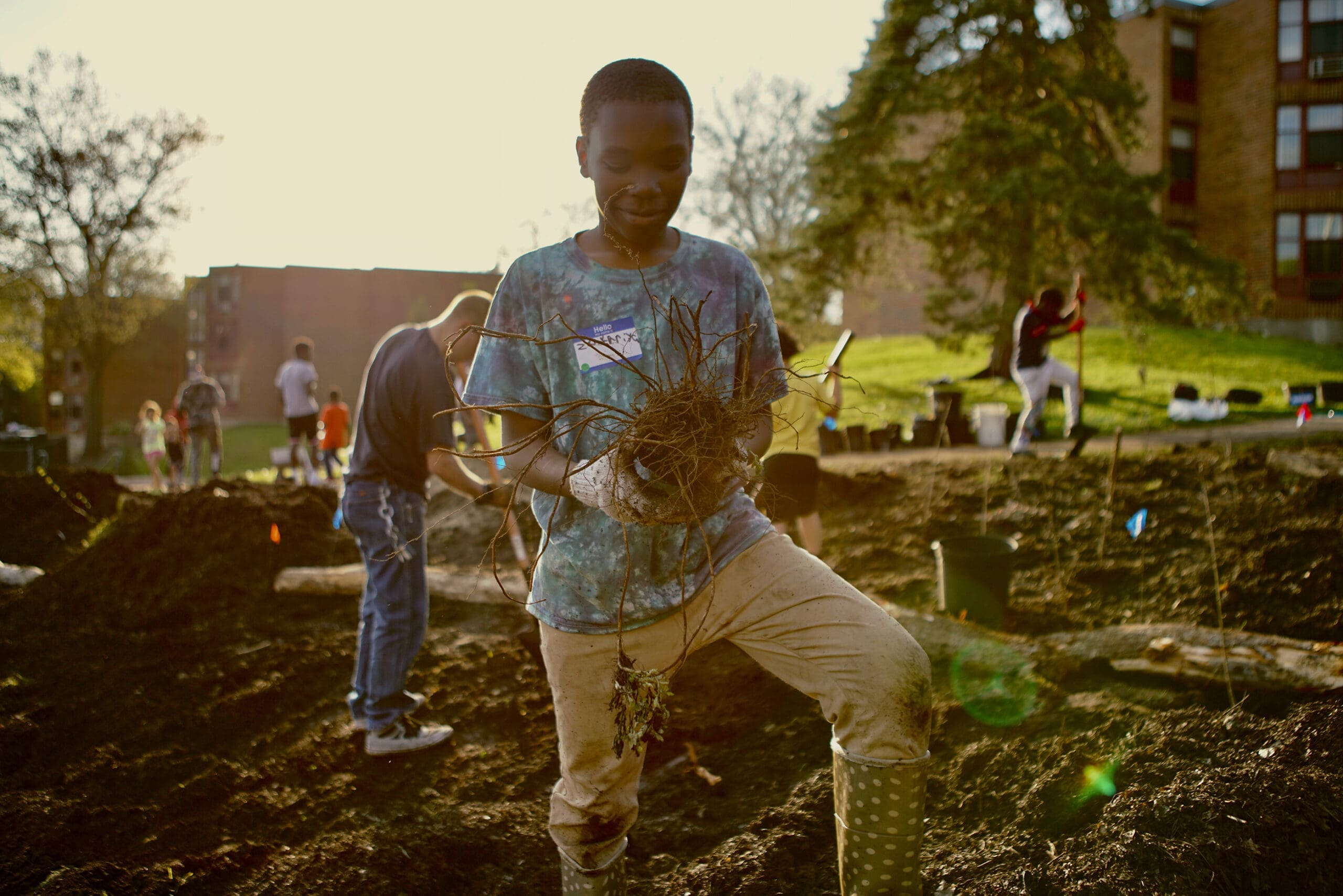
From Parking Lot & Lawn to Miyawaki Forests: Transforming Worcester, MA
A transformation is underway in Worcester, MA. In this mid-sized city in Central Massachusetts long known for its industrial activity, city leadership has undertaken ambitious initiatives to address some of their climate resilience goals using the Miyawaki method. Together, Bio4Climate, BSC Group, and the City of Worcester planned and created two Miyawaki Forests in the…

Small Forests, Big Benefits – Tuesday June 18
On Tuesday, June 18 at 7pm ET, we participated in a comprehensive forum on Miyawaki Forest adoption across the US. Watch the recording here! In this online event, Bio4Climate’s Director of Regenerative Projects, Maya Dutta, joined keynote speaker Douglas Tallamy and three other national leaders to explore how mini-forests of native trees and shrubs can…
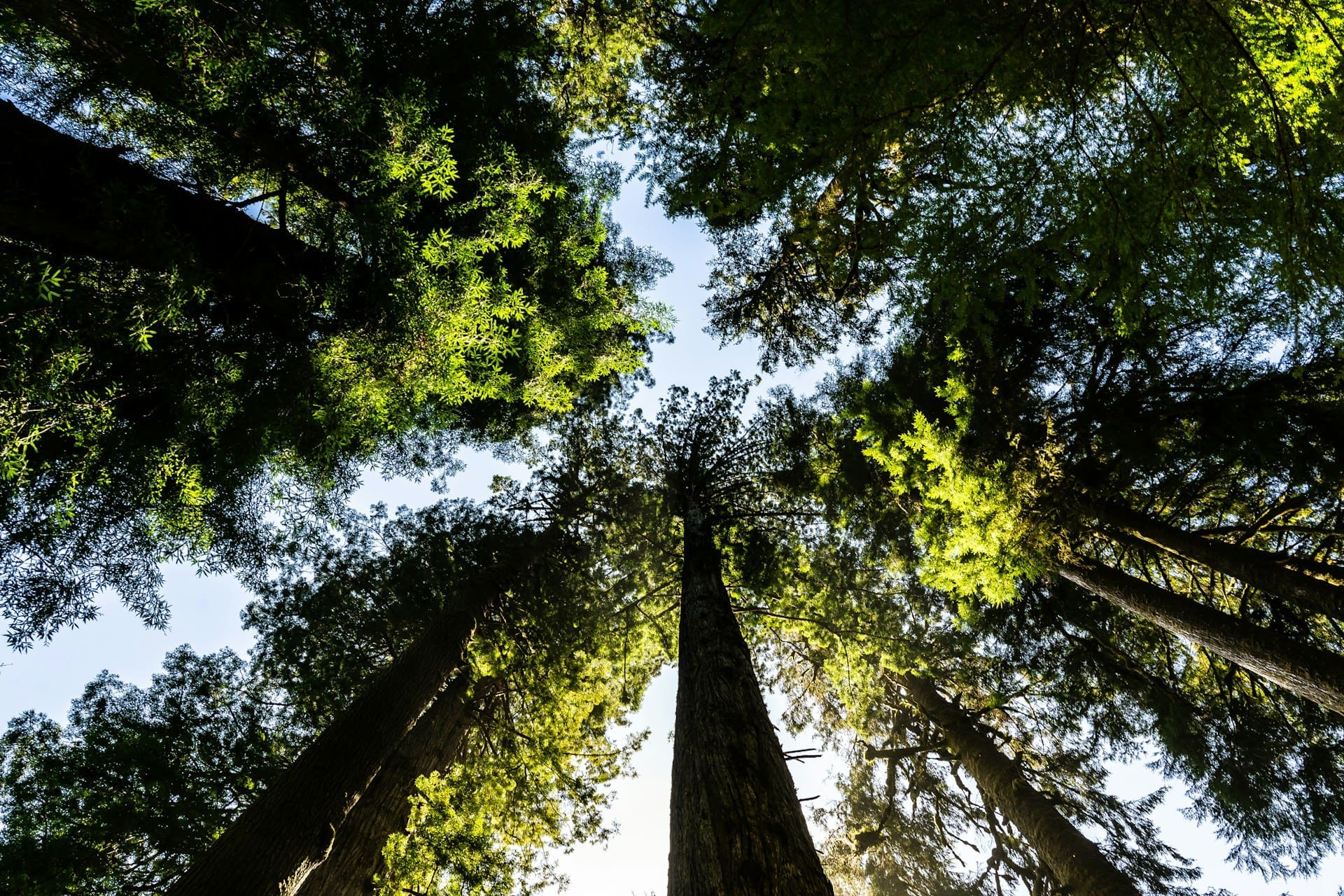
Signing on to Protect Forests
We, the undersigned organizations, are writing with the hopes of establishing a dialogue regarding the October 17, 2023 joint comment letter sent to Congress by the Outdoor Industry Association, Outdoor Alliance, and The Conservation Alliance concerning the Farm Bill.

Biodiversity Day: A Community Celebration
By Paul Barringer and Jean Devine of Native Plant Community Gardeners Our first Biodiversity Day festival was a success! On Saturday, May 4th, over 120 visitors came to Danehy Park, Cambridge, to join birding tours, Miyawaki Forest tours, learn about pollinator gardens, native plants, and ecosystem restoration from ten local environmental organizations who joined us…

Cool Forests for a Hot World
We affirm the need to restore the five billion hectares of degraded land worldwide but we have also found a way to bring the power of eco restoration home. Home to our own communities; Home to those most in need of a healing shot of nature; By planting tiny forests in urban areas, using the…
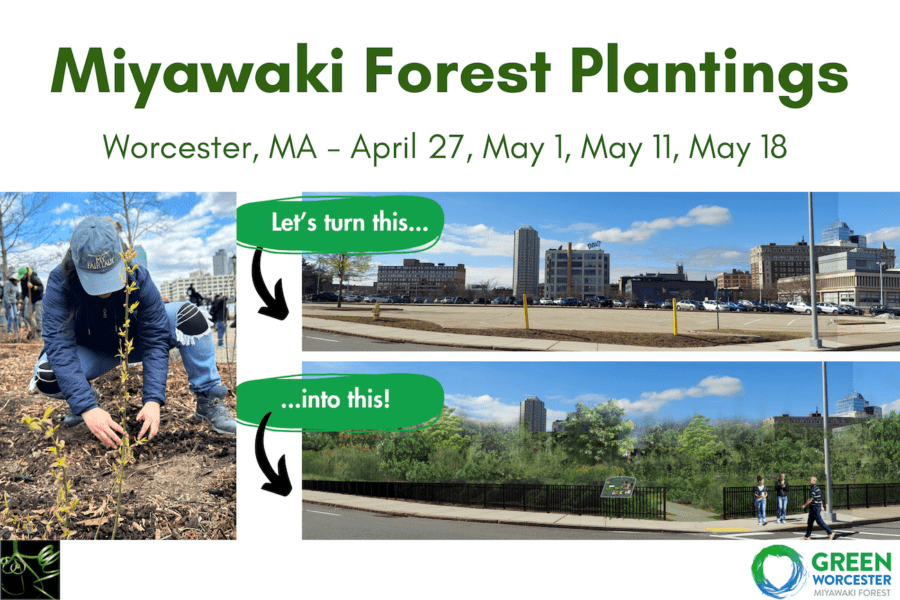
Miyawaki Forest Planting – Extra Installation Date June 12
This Spring, we are planting the first two Miyawaki Forests in Worcester, MA. These dense, biodiverse, native pocket forests will bring cooling, beauty, and resilience to the urban landscape. Join us for one additional planting day at Plumley Village Apartments on Wednesday, June 12 at 3pm. Come ready to get your hands in the soil…
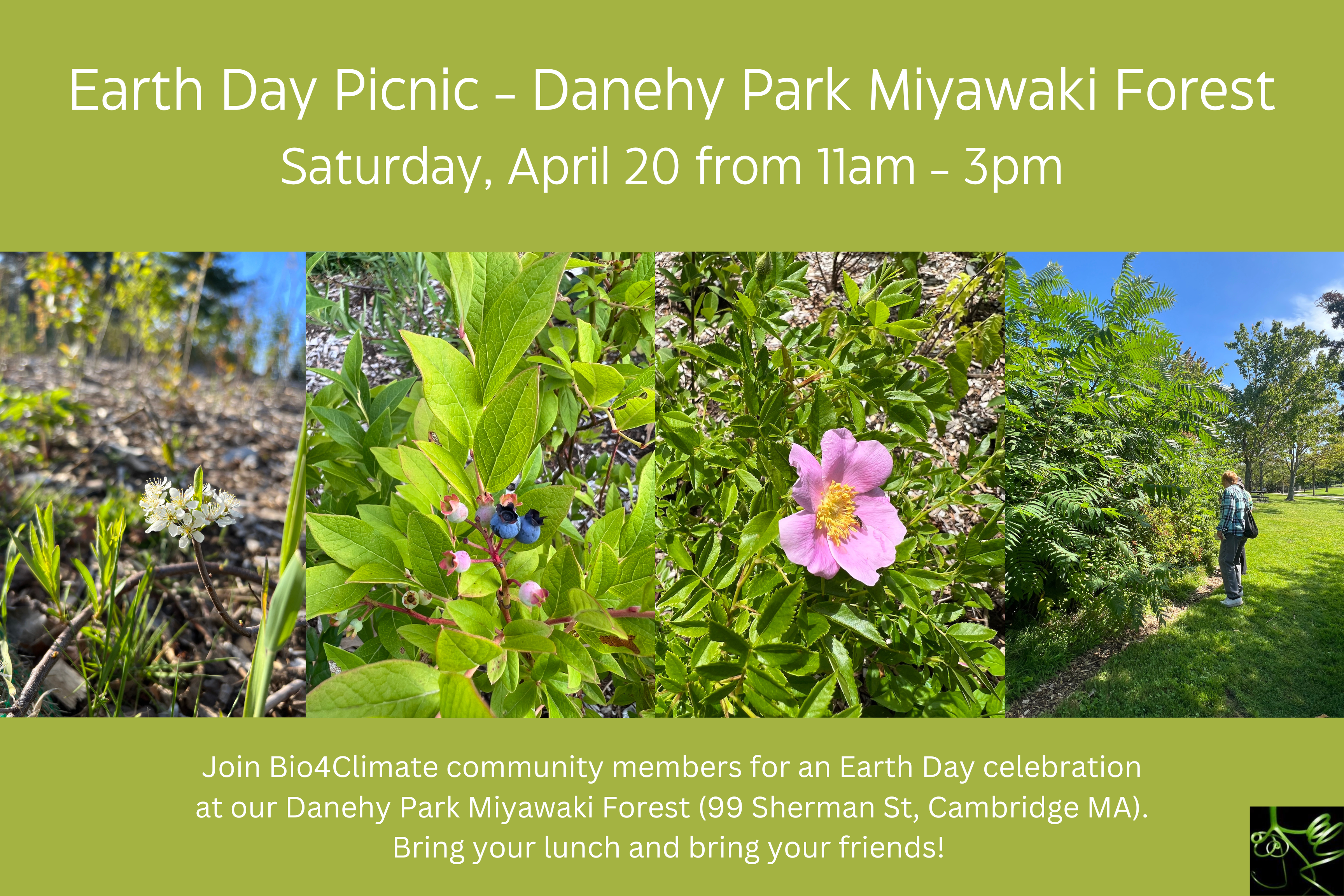
Earth Day Picnic – Saturday, April 20
On Saturday, April 20th from 11 am to 3 pm ET, join us for an Earth Day celebration at our Danehy Park Miyawaki Forest. We will gather at the picnic area of the park right next to the Miyawaki Forest, where we will share information and give tours of the site at 11am and 1pm. Come…
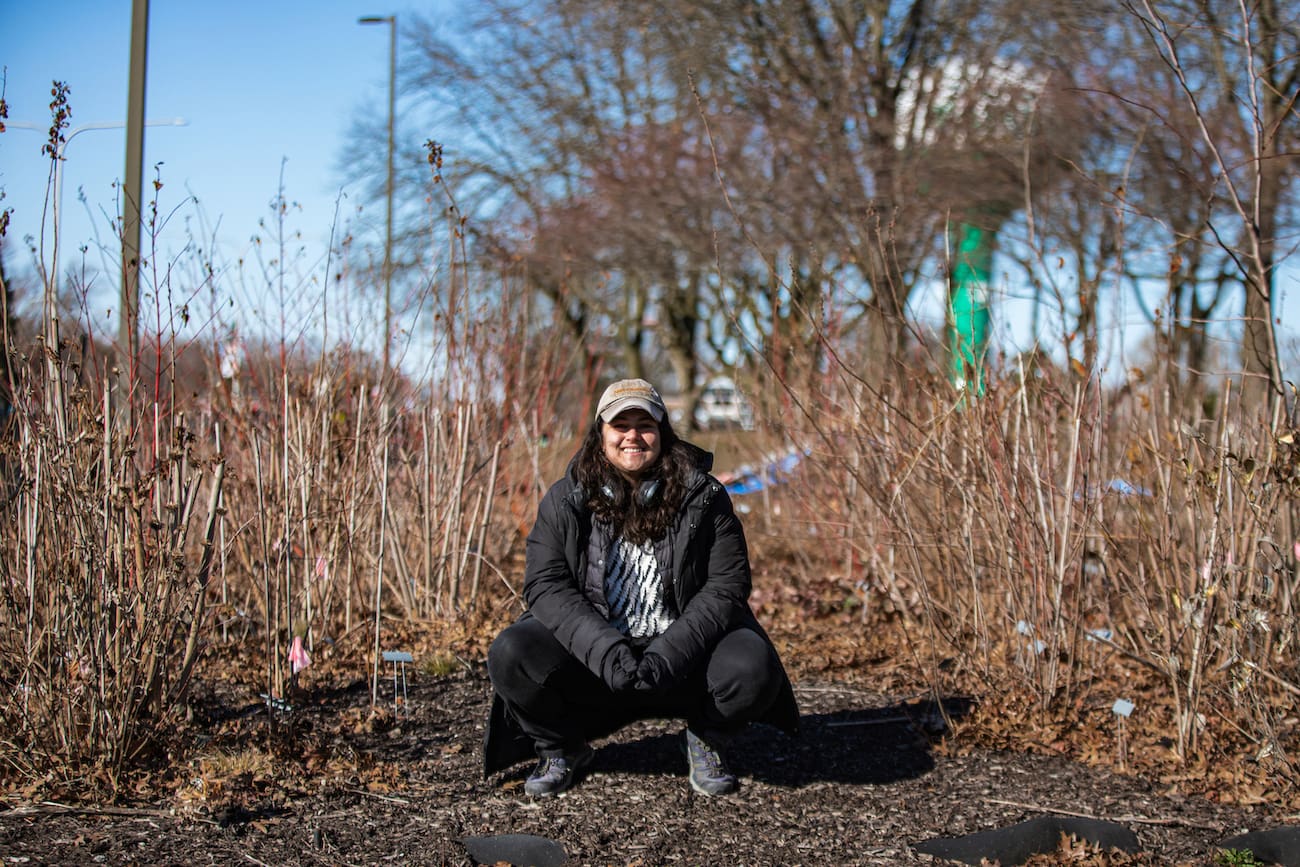
Rewilding the Windy City
I’ve loved Chicago from the first day I set foot there, and I’ve missed the Windy City since I left after college in 2018. When I had a chance to visit two weeks ago, I made it a point to try to understand Chicago’s ecosystems better, and check in on the many ways communities across…
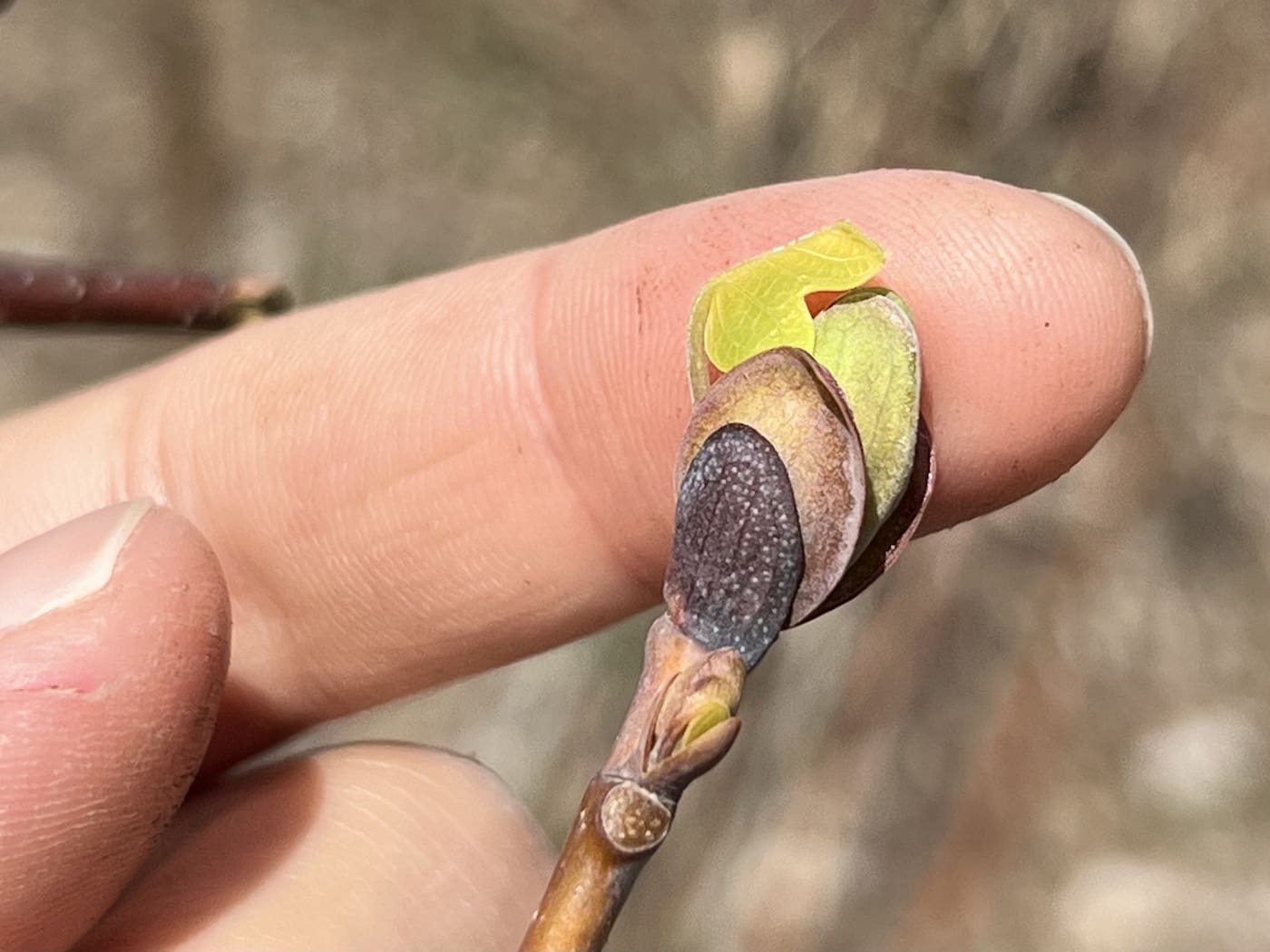
2023 in the Forest
As the year rounds out, it is time to reflect on the changes and growth we’ve seen in 2023. Nothing gives me quite as much pride, amazement, and faith in the power of change than our young Miyawaki forests. I was honored to share our work with the public in this short feature from the…
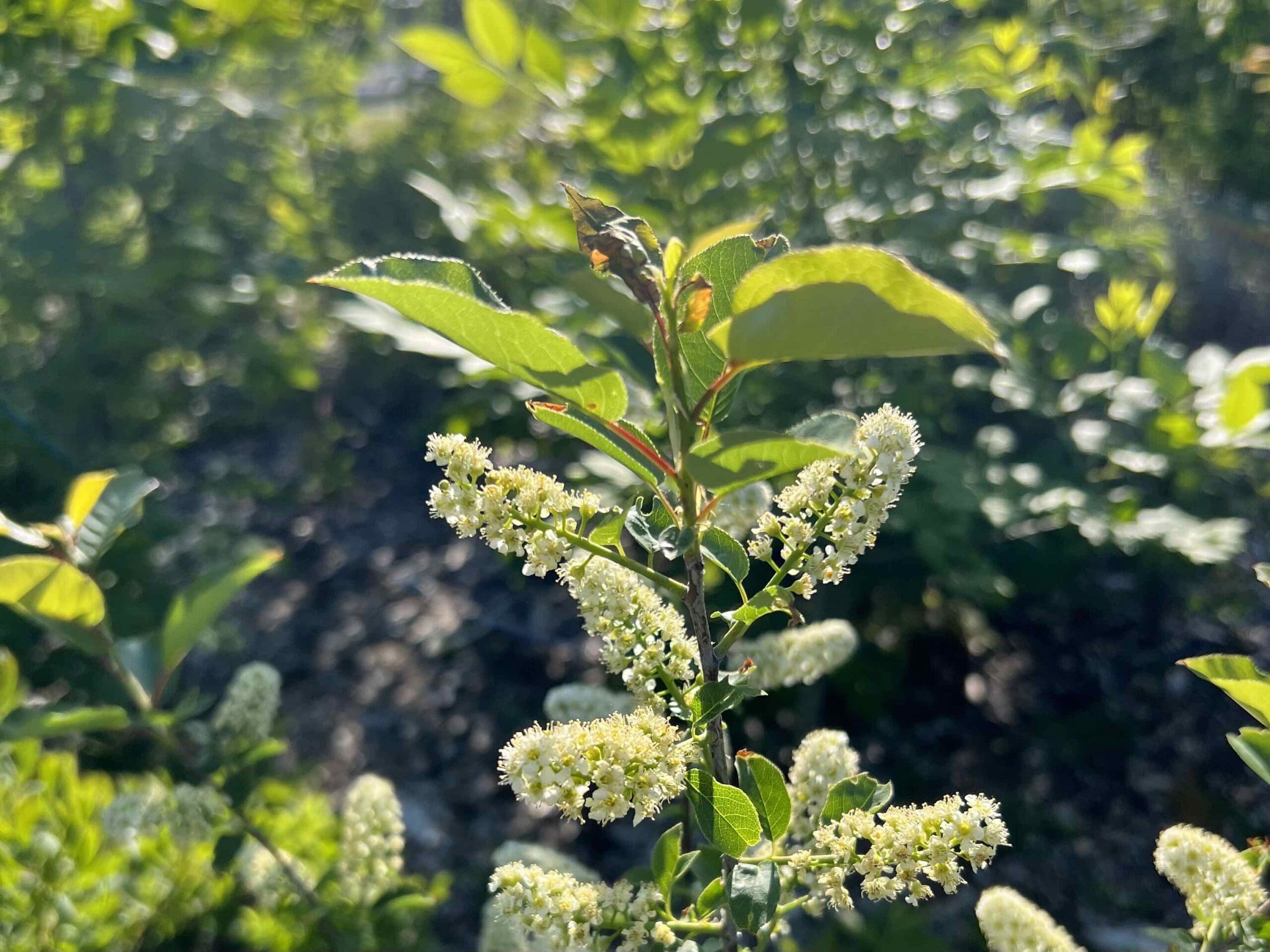
What are these tiny forests’ big benefits anyway?
What a thrilling week it has been! Since last Thursday’s New York Times article Tiny Forests with Big Benefits, my teammates and I at Bio4Climate have been buzzing with excitement at the recognition our forests and this type of restoration is getting. We are so thrilled by the enthusiasm of people’s responses, from interest in…

Our First Miyawaki Forest Turns Two
Our community grows alongside our first Miyawaki forest! In September of 2021, we planted our first Miyawaki forest – the first in the Northeastern U.S. – in Cambridge, Massachusetts. As the forest turns two, and demonstrates signs of resilient, abundant growth, the Bio4Climate team gathered with local forest enthusiasts to reflect and celebrate the ecosystem…
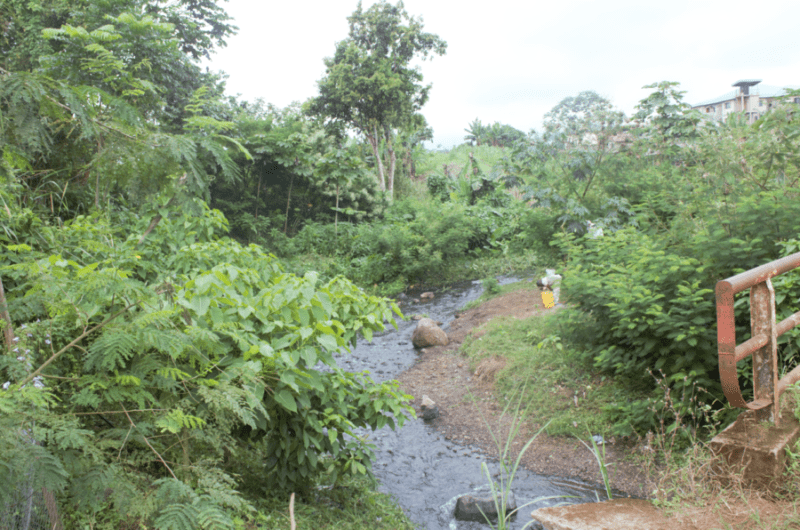
Using the Miyawaki Method to Rapidly Rewild our Communities
Bulu mini-forest in Cameroon after 19 months; Photo: Agborkang Godfred Hannah Lewis, Compendium Editor for Biodiversity for a Liveable Climate and freelance writer The Miyawaki Method The Miyawaki Method is a way to grow natural, mature forests in a couple of decades rather than a couple of centuries. You do this by observing what happens…

Miyawaki Forests and the Meaning of Regeneration
As many people know through firsthand experience, we planted the Northeast’s first Miyawaki Forest last weekend. After several months of planning, discussion, and organization, we gathered in Danehy Park in North Cambridge to create the forest. This was the part I participated in, but like so much of our work at Biodiversity for a Livable…
